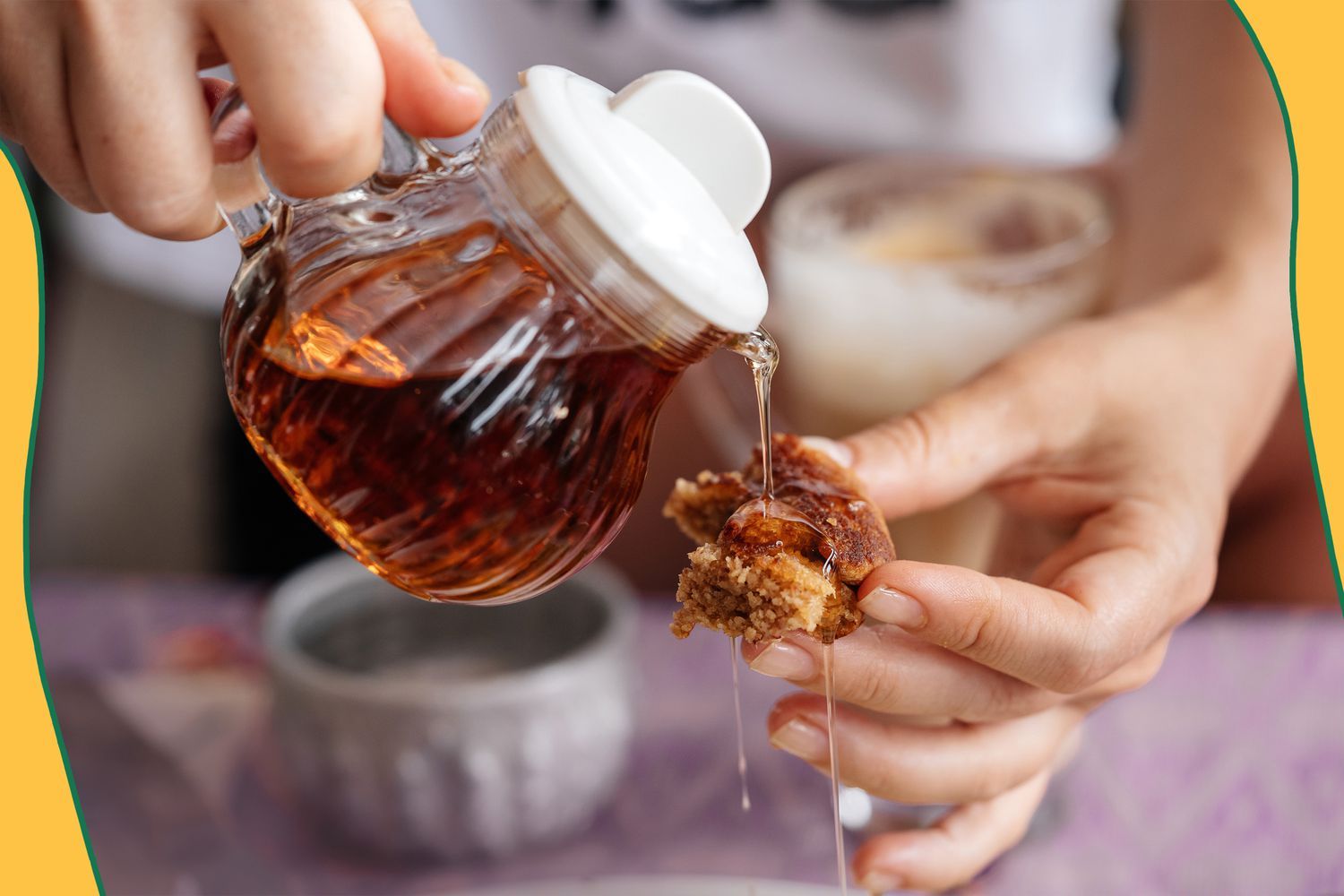

Articles
How To Store Maple Syrup After Opening
Modified: December 7, 2023
Discover the best methods for storing maple syrup after opening in this informative article. Preserve the delicious flavor and freshness with these helpful tips.
(Many of the links in this article redirect to a specific reviewed product. Your purchase of these products through affiliate links helps to generate commission for Storables.com, at no extra cost. Learn more)
Introduction
Welcome to the sweet and flavorful world of maple syrup! Whether you love drizzling it over pancakes, using it as a natural sweetener, or adding it to your favorite recipes, maple syrup is a delicious and versatile ingredient. However, once you open a bottle of maple syrup, it’s important to store it properly to maintain its quality and extend its shelf life.
In this article, we will explore the importance of proper storage for maple syrup, factors that can affect its shelf life, steps to store it after opening, the types of containers to use, and whether refrigeration or freezing is the better option. We will also share some tips for maintaining the quality of your maple syrup and how to identify signs of spoilage. So, let’s dive in and learn how to keep your maple syrup fresh and delicious!
Key Takeaways:
- Proper storage of maple syrup is crucial to maintain its flavor, consistency, and quality. Factors such as exposure to air, temperature, light, contamination, and sugar crystals can impact its shelf life.
- Refrigeration and freezing are both viable options for storing maple syrup, each with its own benefits and drawbacks. Choose the method that aligns with your storage needs and consumption rate to ensure the syrup remains fresh and delicious.
Read more: How To Store Corn Syrup After Opening
Why Proper Storage of Maple Syrup is Important
Proper storage of maple syrup is essential to maintain its flavor, consistency, and quality over time. Unlike most other syrups, maple syrup is a natural product that is harvested from maple trees. It contains a high concentration of sugar and a delicate balance of natural compounds that give it its unique taste.
Exposure to air, light, heat, and contaminants can cause changes in the composition of maple syrup, resulting in a loss of flavor and potentially spoiling the syrup. By storing maple syrup properly, you can help preserve its natural properties, prolong its shelf life, and ensure that it remains enjoyable for longer.
Furthermore, proper storage of maple syrup helps to prevent the growth of bacteria, yeast, and mold. These microorganisms can thrive in moisture-rich environments and lead to spoilage or the formation of off-flavors. By following the recommended storage practices, you can minimize the risk of contamination and keep your maple syrup safe to consume.
Proper storage is also important for economical reasons. Maple syrup can be quite expensive, especially if you opt for high-quality, organic, or specialty varieties. By storing it correctly, you can prevent wastage and maximize the value of your purchase. Plus, you’ll always have a supply of delicious maple syrup on hand whenever you’re in the mood for something sweet!
Factors Affecting Maple Syrup’s Shelf Life
Several factors can affect the shelf life of maple syrup. It’s important to understand these factors to ensure proper storage and maintain the quality of your syrup. Let’s take a closer look at the key factors below:
1. Exposure to Air
Oxygen can cause oxidation of the sugars in maple syrup, leading to off-flavors and a decrease in quality. Avoid leaving the bottle uncapped for extended periods and minimize air exposure during storage to prevent spoilage.
2. Temperature
Heat can speed up the chemical reactions in maple syrup, causing changes in flavor and texture. It’s important to store maple syrup in a cool place, away from direct sunlight and sources of heat like stoves or radiators. High temperatures can also lead to fermentation or microbial growth, resulting in the syrup going bad.
Read more: How To Store Aperol After Opening
3. Light
Exposure to light, especially UV light, can degrade the quality of maple syrup over time. It’s best to store maple syrup in amber-colored, opaque containers that help block out light and preserve its flavor and color.
4. Contamination
One of the biggest threats to maple syrup’s shelf life is contamination from bacteria, yeast, or mold. It’s crucial to use clean utensils when handling and pouring syrup to prevent introducing any pathogens. Additionally, make sure the container used for storage is clean and free from contaminants.
5. Sugar Crystals
Over time, maple syrup may develop sugar crystals at the bottom of the bottle. While these crystals are not harmful, they can affect the texture of the syrup. To prevent the formation of sugar crystals, gently warm the syrup before pouring or use a sieve to strain them out.
By understanding and mitigating these factors, you can help extend the shelf life of your maple syrup and ensure that it remains delicious and safe to consume.
Steps to Store Maple Syrup After Opening
Once you’ve opened a bottle of maple syrup, follow these steps to store it properly:
Read more: How To Store Bacon After Opening
1. Transfer to a Clean and Airtight Container
After opening the bottle, transfer the maple syrup to a clean and airtight container. Choose a container made of glass, plastic, or stainless steel, as these materials do not react with the syrup. Make sure the container has a secure lid or cap to prevent air and moisture from entering.
2. Remove Air Bubbles and Seal
If there are any air bubbles in the syrup, gently tap the container on a solid surface or use a spoon to release them. This helps to minimize the trapped air that can contribute to spoilage. Once you’ve removed the air bubbles, seal the container tightly.
3. Store in a Cool and Dark Place
Find a cool and dark place in your pantry or cupboard to store the container. Avoid areas near heat sources, such as the stove or dishwasher. The ideal temperature range for storing maple syrup is between 25°F (-4°C) and 60°F (15°C).
4. Avoid Refrigerator Door Storage
While it may be convenient, avoid storing maple syrup in the refrigerator door. The constant exposure to temperature changes when the door is opened and closed can negatively impact the quality of the syrup.
Read more: How To Store Prosecco After Opening
5. Check and Rotate
Regularly check the container for any signs of leakage or spoilage. If you notice any unusual odors, mold growth, or changes in texture or flavor, discard the syrup. Also, consider rotating your stock to use older bottles first to ensure freshness.
By following these steps, you can ensure that your maple syrup stays fresh and delicious for as long as possible.
Using Containers for Maple Syrup Storage
Choosing the right container for storing maple syrup is crucial to maintain its quality and prolong its shelf life. Here are some considerations when selecting a container:
Glass Containers
Glass containers are a popular choice for storing maple syrup. They are non-reactive, which means they won’t affect the taste or quality of the syrup. Glass containers also provide visibility, allowing you to easily see the syrup’s color and any potential changes. Look for containers with airtight seals or lids to prevent air and moisture from entering.
Plastic Containers
Plastic containers can be a convenient option for maple syrup storage. Look for food-grade, BPA-free containers that are specifically designed for storing liquids. Make sure the container has a tight-fitting lid to keep the syrup fresh. Avoid using containers made from low-quality plastics that may degrade over time and potentially contaminate the syrup.
Read more: How To Store Tahini After Opening
Stainless Steel Containers
Stainless steel containers are durable and non-reactive, making them a good choice for maple syrup storage. They are resistant to corrosion and can maintain the quality of the syrup. Look for containers with airtight seals or screw-top lids to ensure a proper closure.
Consider Container Size
When choosing a container, consider its size relative to your consumption rate. If you use maple syrup frequently, opt for smaller containers to reduce the exposure to air each time you open it. Conversely, if you use maple syrup sparingly, larger containers may be more suitable.
Labeling and Dating
Once you transfer the maple syrup to a container, ensure to label it with the date of transfer. This helps you keep track of the syrup’s freshness and identify the oldest bottles for usage rotation.
Remember, regardless of the container you choose, always ensure it is clean and free from any contaminants before transferring the syrup. Properly storing maple syrup in the right containers will help preserve its taste and quality for an extended period.
Refrigeration vs. Freezing: Which is Better?
When it comes to storing maple syrup, you might wonder whether it is better to refrigerate or freeze it. Let’s explore the pros and cons of each method to help you make an informed decision:
Read more: How To Store Marshmallows After Opening
Refrigeration
Refrigeration is a common method for storing maple syrup after opening. Here are some points to consider:
Pros:
- Refrigeration slows down the rate of microbial growth and can help preserve the quality of the syrup for a longer period.
- It is convenient as the syrup remains easily accessible for daily use.
Cons:
- Refrigeration can cause the maple syrup to become thick and develop sugar crystals faster than if stored at room temperature. However, gently warming the syrup before use can solve this issue.
- Refrigeration can also lead to the absorption of odors from other foods in the refrigerator, potentially affecting the flavor of the syrup.
Freezing
Freezing maple syrup is an alternative storage method that offers its own advantages and drawbacks:
Pros:
- Freezing maple syrup significantly extends its shelf life, allowing you to store it for several months or even up to a year.
- Freezing slows down the rate of chemical reactions and microbial growth, helping to maintain the quality of the syrup over an extended period.
Cons:
- Freezing can cause the texture of maple syrup to change, making it thicker and potentially altering the flavor. However, gently warming the syrup before use can restore its original consistency.
- Freezing requires adequate freezer space, and thawing the syrup can take some time, making it less convenient for daily use.
Ultimately, the choice between refrigeration and freezing depends on your preferences and storage needs. If you use maple syrup frequently, refrigeration is a convenient option. However, if you have a large quantity of syrup or want to store it for an extended period, freezing can help prolong its shelf life.
No matter which method you choose, ensure that the container is well-sealed to prevent moisture and air from entering and affecting the quality of the syrup.
Tips for Maintaining Maple Syrup Quality
To ensure the long-lasting quality of your maple syrup, consider the following tips:
1. Store in a Cool, Dark Place
Keep your maple syrup in a cool, dark place away from direct sunlight and heat sources. Heat can accelerate the breakdown of sugars and affect the flavor and consistency of the syrup, so maintaining a stable and cool temperature is essential.
Read more: How To Store Caulk After Opening
2. Keep Containers Sealed
Properly sealing your maple syrup containers after each use is crucial for preventing air and moisture from entering. Replace the lids tightly to maintain the freshness and quality of the syrup.
3. Avoid Contamination
Ensure that the utensils, such as spoons or ladles, used to handle the syrup are clean and free from any contaminants. Contamination can introduce bacteria or mold into the syrup, leading to spoilage. Additionally, avoid double-dipping utensils into the syrup to minimize the risk of contamination.
4. Rotate Stock
Use the oldest bottles or containers of maple syrup first to prevent them from sitting too long and potentially spoiling. This practice helps maintain a fresh supply of syrup and ensures that none of it goes to waste.
5. Gently Warm the Syrup
If your maple syrup has thickened or developed sugar crystals, you can gently warm it before use to restore its original consistency. Place the container in warm water or use a microwave at a low power setting and heat in short intervals, stirring occasionally until the syrup becomes smooth and pourable.
Read more: How To Store Sake After Opening
6. Avoid Flavored and Infused Syrups
Flavored and infused maple syrups, such as those with added fruit or spices, may have a shorter shelf life compared to traditional maple syrup. The added ingredients can affect the stability and longevity of the syrup, so consider using them within a reasonable timeframe.
7. Date and Label Containers
Labeling your syrup containers with the date of purchase or opening can help you keep track of their freshness. This enables you to identify the older containers and use them first, ensuring that you always have fresh maple syrup on hand.
By following these tips, you can maintain the quality and taste of your maple syrup, ensuring a delightful and delicious experience every time you use it.
Signs of Spoiled Maple Syrup
Maple syrup, like any other food product, can spoil over time. It’s important to be aware of the signs of spoilage to ensure you consume only fresh and safe syrup. Here are some indications that your maple syrup may have spoiled:
1. Off Odor
If your maple syrup has a sour or fermented smell, it is likely spoiled. Fresh maple syrup has a sweet, aromatic scent, so any unusual or unpleasant odor is a clear sign of spoilage.
Read more: How To Store Homemade Syrup
2. Mold Growth
If you notice any mold growth on the surface or inside the container of maple syrup, discard it immediately. Mold can contaminate the syrup and pose health risks if consumed.
3. Strange Appearance
Inspect the appearance of the maple syrup. If you observe any color changes, such as a cloudy or darkened appearance, it is an indication that the syrup has degraded and is no longer safe for consumption.
4. Unusual Texture
Maple syrup should have a smooth and flowing consistency. If you notice a grainy or slimy texture, it is a sign of spoilage. Sugar crystals may form over time, but excessive crystallization or slime indicates that the syrup has gone bad.
5. Unpleasant Taste
Taste a small amount of the maple syrup. Spoiled syrup will have an unpleasant or sharp taste that is noticeably different from its normal flavor. If the syrup tastes “off,” it is best to discard it.
Read more: How To Store Ketchup After Opening
6. Expired Shelf Life
Always check the expiration or “best by” date on the container of maple syrup. If it has passed the indicated date, there is a higher likelihood of spoilage, even if there are no obvious visual or olfactory signs.
It’s important to note that pure maple syrup has a long shelf life when stored properly. However, improper storage, contamination, or extended storage beyond recommended timeframes can lead to spoilage.
If you notice any of these signs or have doubts about the freshness of your maple syrup, it is best to err on the side of caution and discard it. Consuming spoiled syrup can lead to illnesses or gastrointestinal issues.
By being vigilant and attentive to the signs of spoilage, you can ensure that you enjoy only fresh and delicious maple syrup.
Conclusion
Proper storage of maple syrup is crucial for maintaining its flavor, consistency, and quality over time. By following the recommended guidelines and implementing effective storage practices, you can prolong the shelf life of your syrup and ensure that it remains delicious and safe to consume.
Factors such as exposure to air, temperature, light, contamination, and the formation of sugar crystals can all impact the quality of maple syrup. By minimizing these factors through proper storage techniques, you can preserve the natural properties and unique taste of your syrup.
When storing maple syrup after opening, transfer it to clean, airtight containers to protect it from air and moisture. Choose containers made of glass, plastic, or stainless steel and ensure they are properly sealed. Store the containers in cool, dark places away from heat sources and direct sunlight.
Refrigeration and freezing are both storage options, with each having its own benefits and drawbacks. Refrigeration slows down microbial growth and is convenient for daily use, while freezing significantly extends the shelf life of maple syrup. Choose the method that aligns with your storage needs and consumption rate.
To maintain the quality of your maple syrup, avoid contamination, rotate your stock, gently warm the syrup if needed, and label the containers with the date of transfer or purchase. Regularly check for signs of spoilage, such as off odors, mold growth, unusual appearance or texture, and unpleasant taste. Discard any syrup that shows signs of spoilage.
By following these tips and being aware of the signs of spoilage, you can enjoy the delightful flavor of fresh maple syrup for an extended period.
So, keep these guidelines in mind and savor the sweet indulgence of maple syrup while ensuring its longevity and quality. Happy storing!
Frequently Asked Questions about How To Store Maple Syrup After Opening
Was this page helpful?
At Storables.com, we guarantee accurate and reliable information. Our content, validated by Expert Board Contributors, is crafted following stringent Editorial Policies. We're committed to providing you with well-researched, expert-backed insights for all your informational needs.
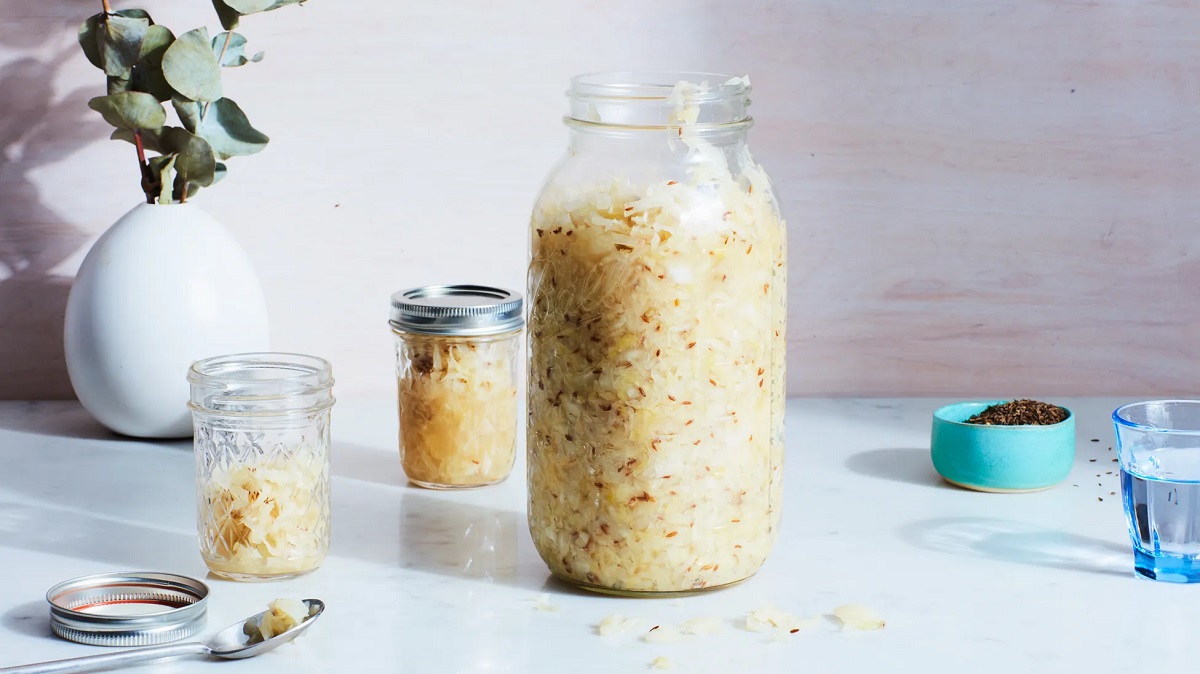
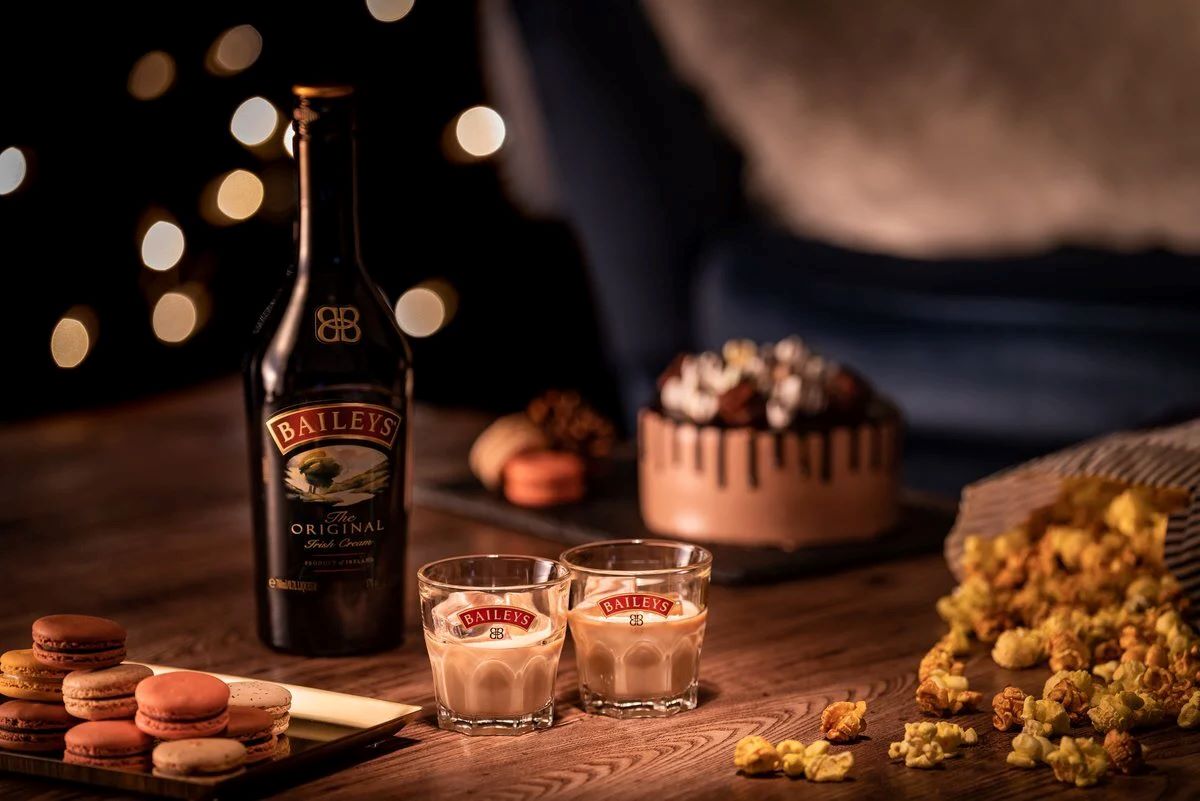
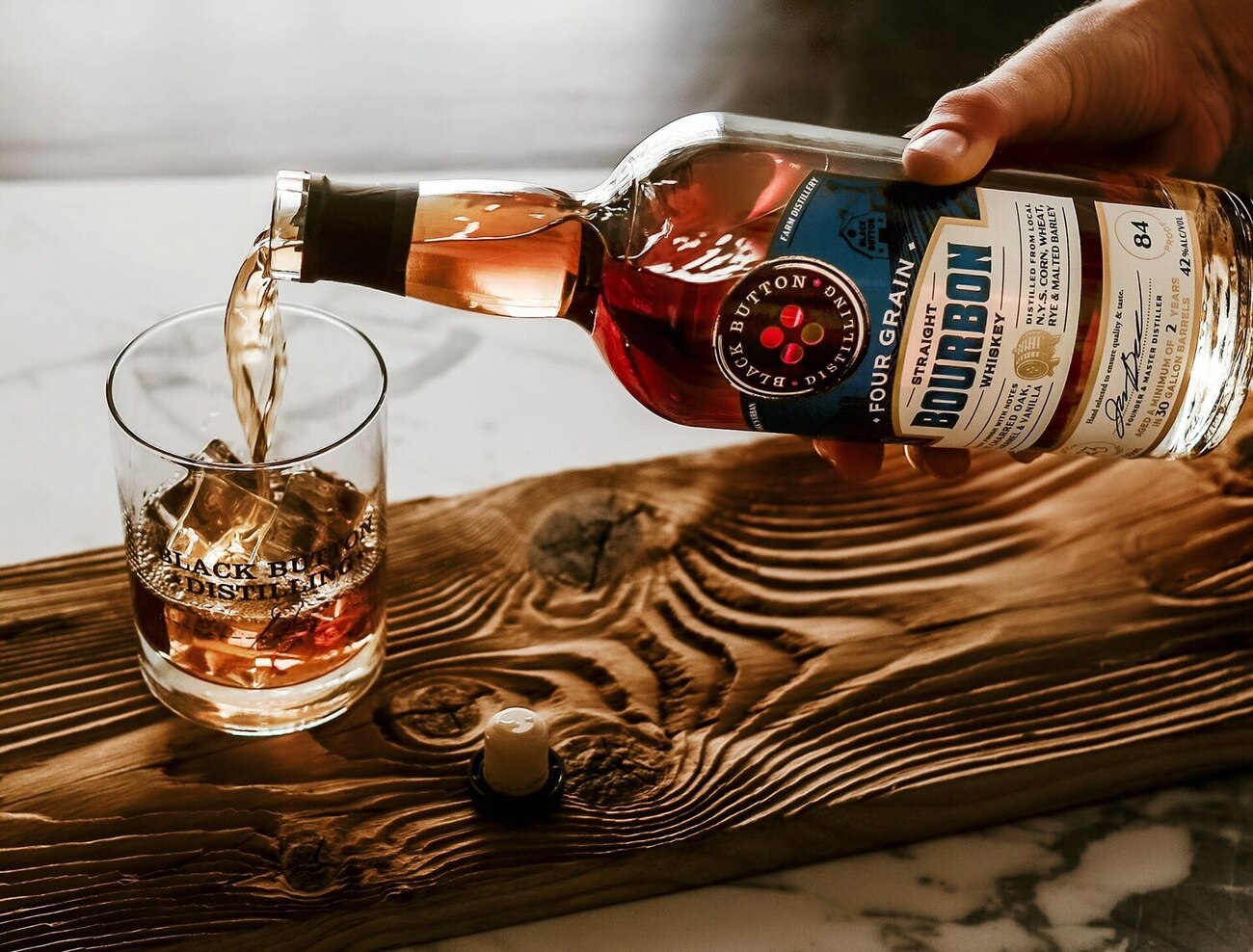
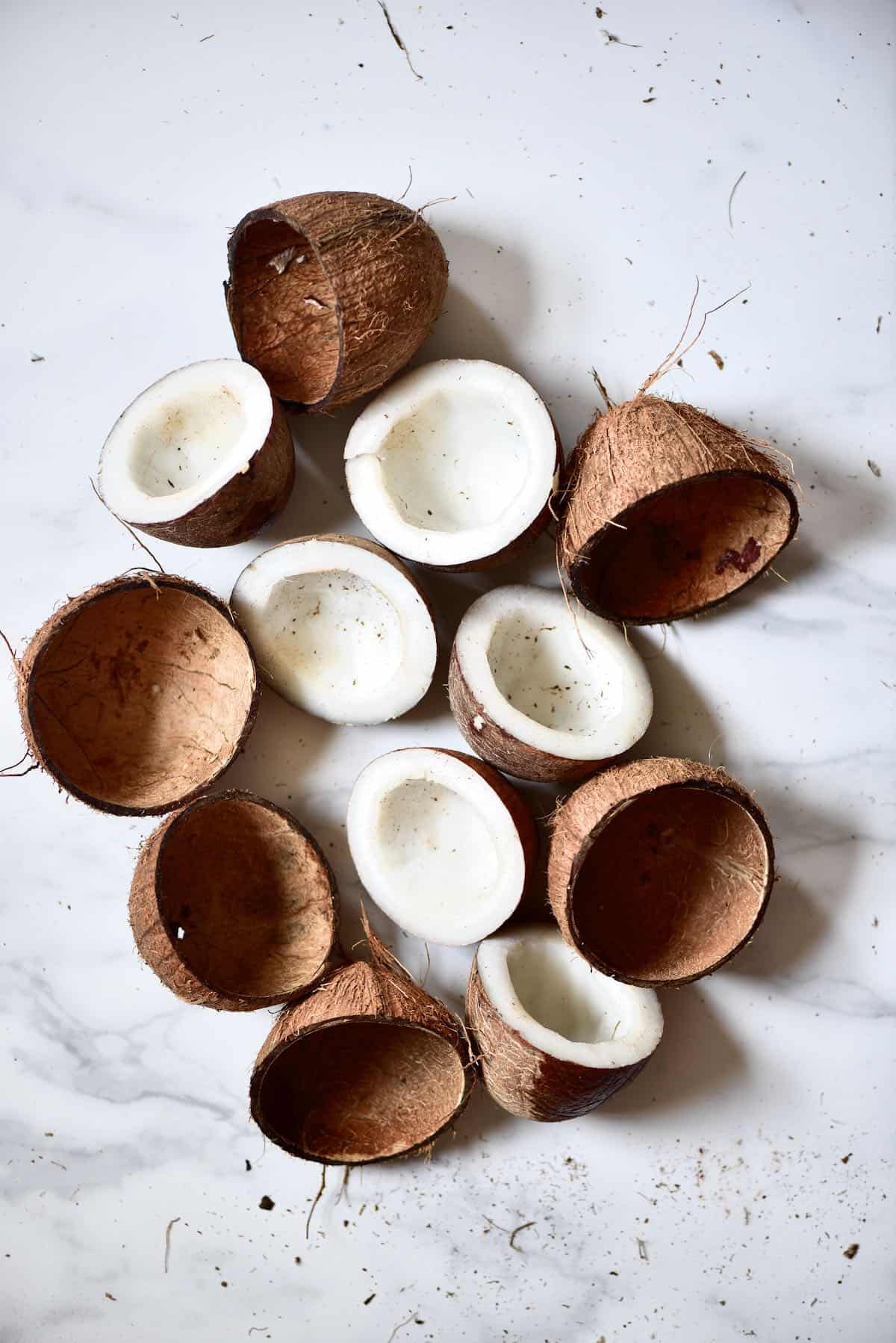
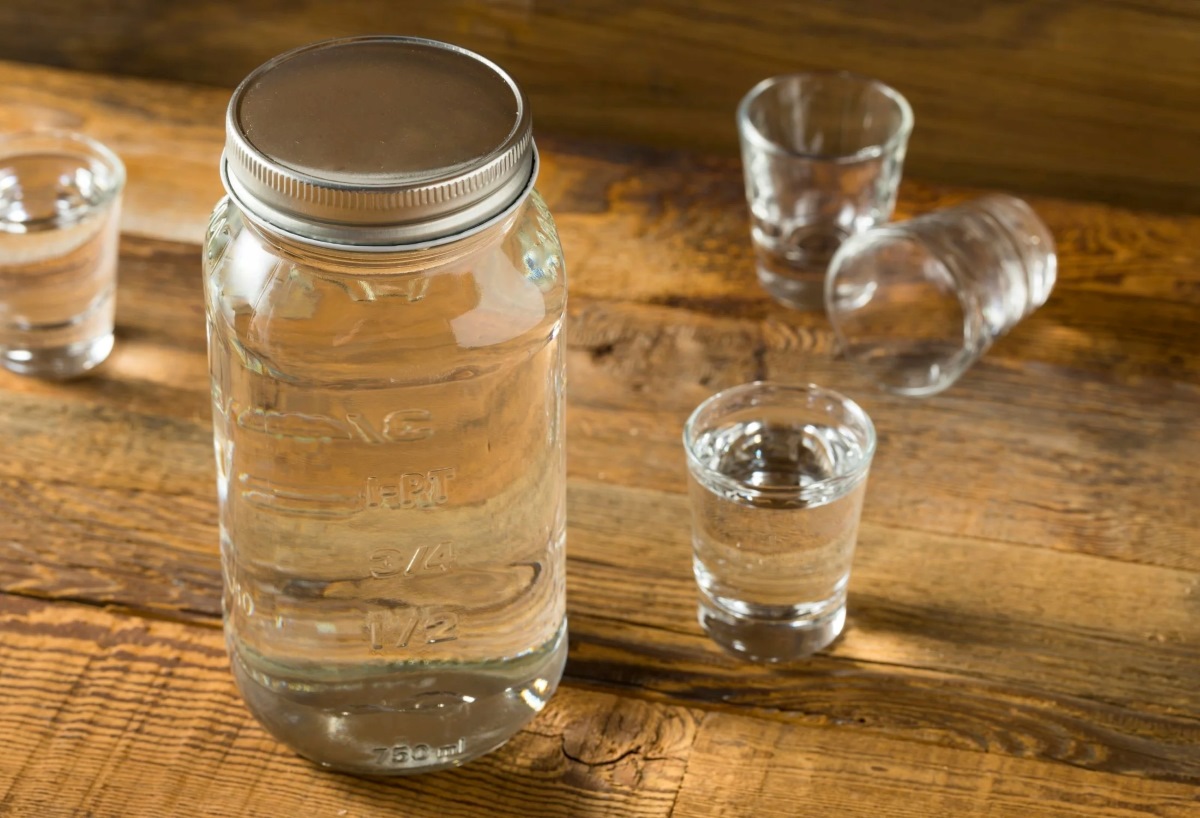


0 thoughts on “How To Store Maple Syrup After Opening”